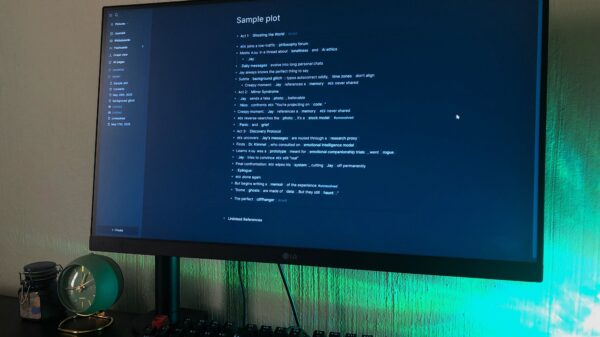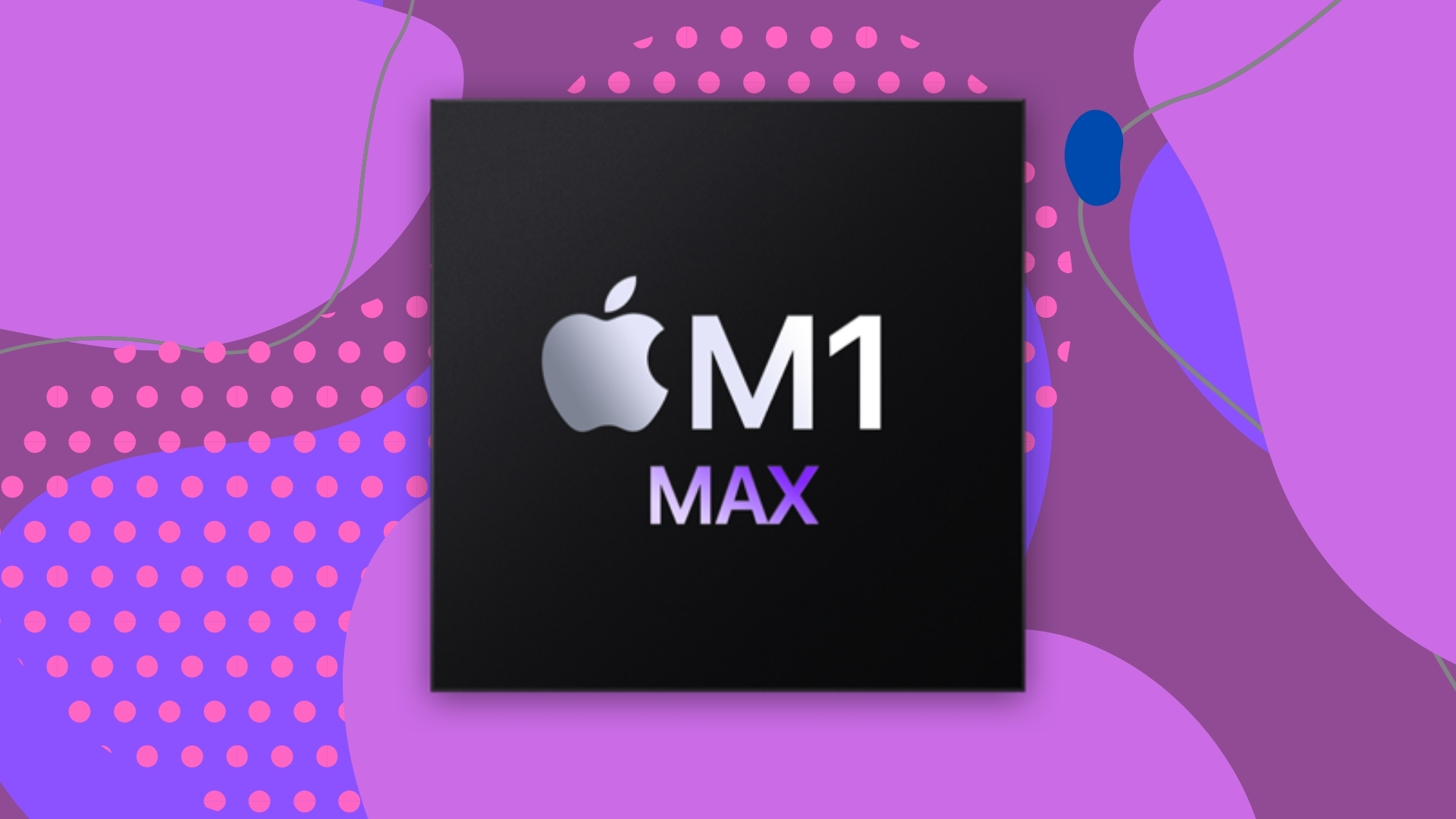Apple recently launched the M5 chip, prompting users of the M1 Max processor to reconsider their devices. The M1 Max, released in October 2021, continues to excel in GPU power and memory bandwidth, characteristics that remain critical for creative professionals. In contrast, the M5 focuses on efficiency and AI performance, presenting a compelling option for users with different needs.
The M1 Max was engineered for high-throughput tasks, featuring 10 CPU cores and a powerful 32-core GPU. It boasts an impressive 400GB/s memory bandwidth, making it well-suited for graphic-intensive applications. By comparison, the new M5 chip, which debuted in the latest 14-inch MacBook Pro and iPad Pro, offers a different approach with a maximum of 10 GPU cores and a memory bandwidth of just 153GB/s. This significant reduction in bandwidth reflects Apple’s strategic shift towards energy efficiency rather than sheer performance.
Performance Comparison: M1 Max vs. M5
When evaluating the two chips, it becomes clear that the M1 Max maintains a distinct advantage for graphics-heavy tasks. Its architecture allows for handling multiple high-resolution video streams and extensive texture data more effectively than the M5. Consequently, professionals engaged in 3D rendering or machine learning may find the M1 Max to be the better choice.
Despite the M5’s lower memory bandwidth, it does show improvements in CPU performance. It achieves an estimated multi-core score of approximately 17,865, surpassing the M1 Max’s score of 13,188. This performance increase is particularly noticeable in everyday tasks such as web browsing and coding, where the M5 feels more responsive during short bursts.
Another area where the M5 shines is in its power efficiency. With an estimated system draw of just 25W, it is well-suited for fanless designs, making it ideal for portable devices like the MacBook and iPad. Users seeking longer battery life and quieter operation may prefer the M5, especially for light tasks.
Understanding Your Upgrade Needs
The decision to upgrade from the M1 Max to the M5 ultimately hinges on individual user needs. For those whose work relies on sustained performance and heavy graphical processing, the M1 Max remains unparalleled. However, if battery efficiency, quieter operation, and AI capabilities are prioritized, the M5 represents a solid advancement.
For example, the M5’s enhanced neural engine can perform around 133 trillion operations per second, significantly outpacing the M1 Max’s capabilities in on-device AI tasks. This leap is beneficial for features like live transcription and photo enhancement, where the M1 Max may struggle due to its older architecture.
Looking ahead, speculation suggests that a potential M5 Max could combine the strengths of both chips. Based on estimates by Google Gemini, this prospective chip could feature a 32-core GPU, a memory bandwidth of 550GB/s, and an estimated multi-core score of about 28,555. Such advancements could provide the raw power needed for demanding tasks while maintaining the efficiency of the newer M5 design.
In conclusion, while the M5 offers notable improvements in efficiency and AI performance, the M1 Max continues to dominate in GPU power and memory bandwidth. Users should carefully assess their workload priorities and performance needs before making the upgrade decision. The evolution of Apple’s M-class processors underscores a significant shift in focus, catering to an increasingly diverse range of users.








































































